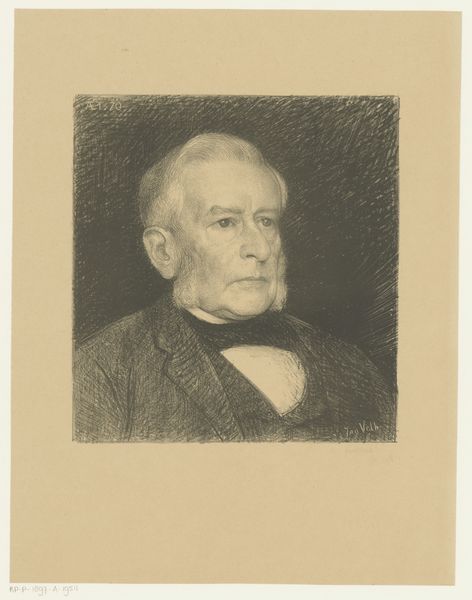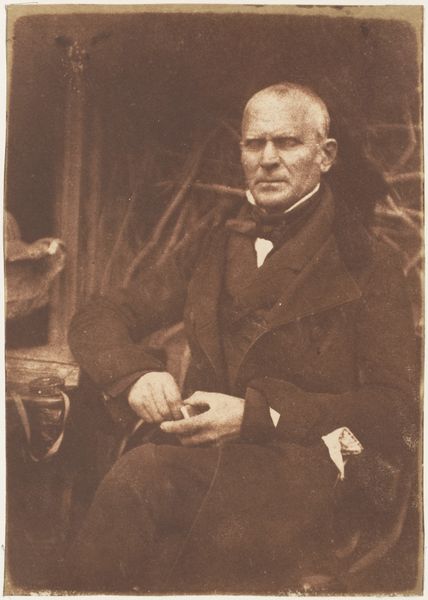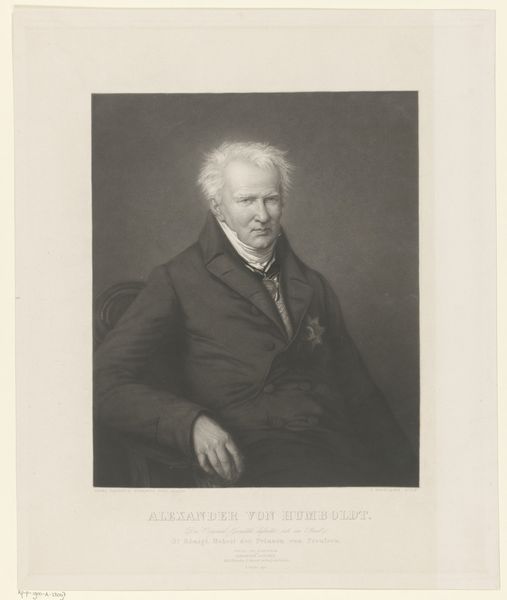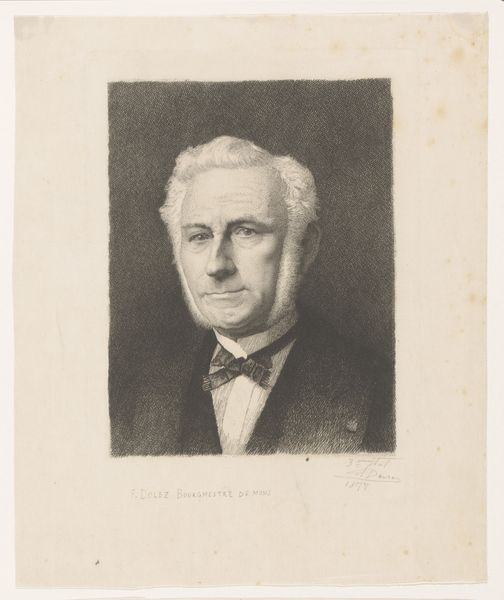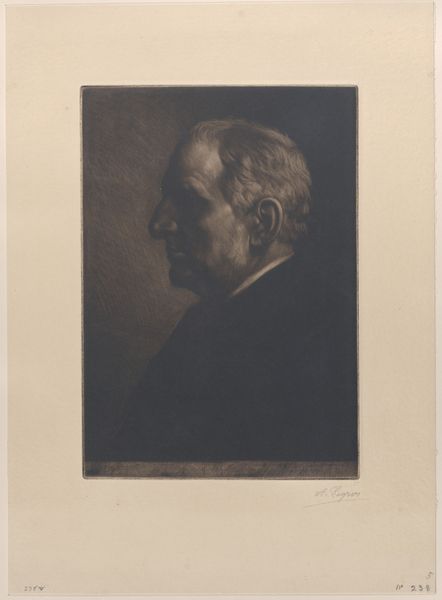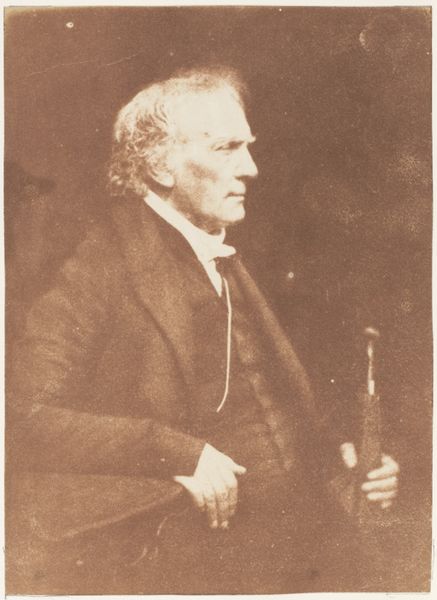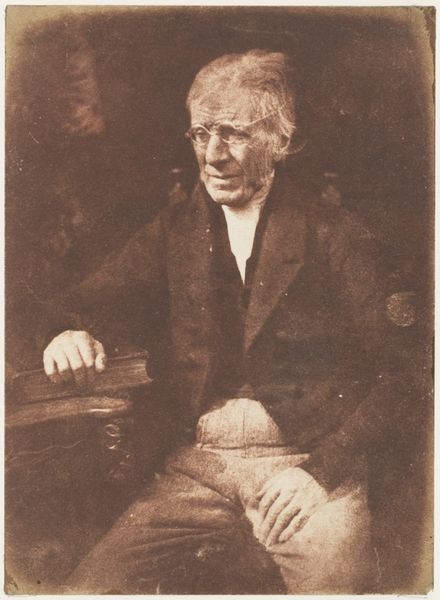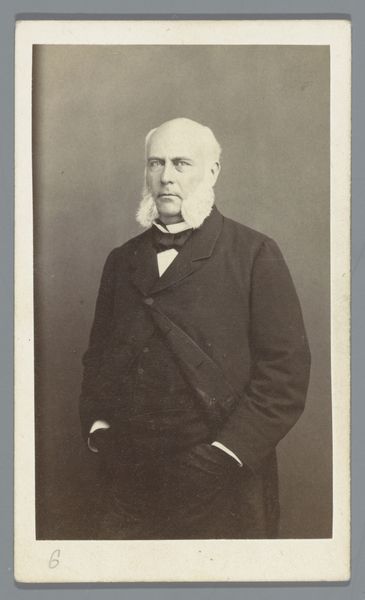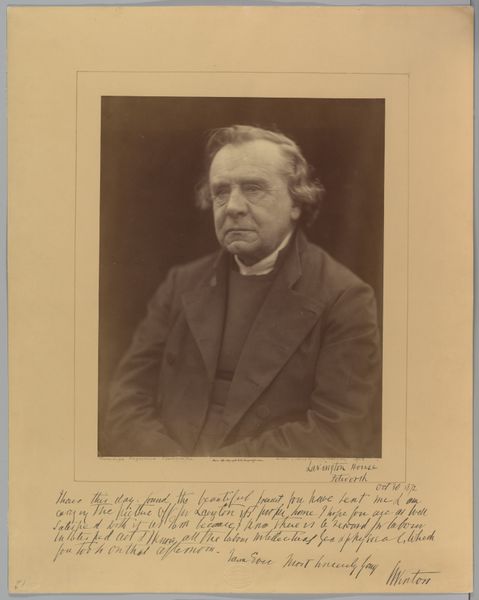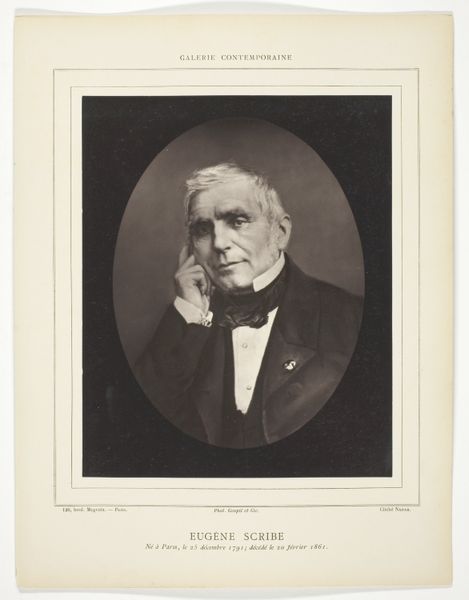
drawing, paper, charcoal
#
portrait
#
drawing
#
german-expressionism
#
charcoal drawing
#
paper
#
charcoal art
#
expressionism
#
charcoal
Copyright: Public Domain
Editor: This charcoal drawing, simply titled "Hans Thoma," created by Hugo Erfurth in 1920, is intensely captivating. The deep shadows give him a stern, almost confrontational expression. What readings can we find in this portrait? Curator: This piece really speaks to the social and political landscape of the Weimar Republic. What do you notice about the way Erfurth renders Thoma? Think about the role of portraiture in asserting power and authority during times of social upheaval. Editor: I notice the strong contrasts, particularly around his eyes and mouth. They seem to convey not just age, but a deep-seated weariness or… disillusionment, perhaps? Curator: Exactly! The Expressionist style, with its focus on inner emotion rather than outward representation, became a tool for artists to challenge traditional notions of masculinity and leadership, or at least to hint at what’s beneath the surface. What do you make of that formal attire juxtaposed with that intensely human expression? Editor: I think that contrast is central. The suit suggests status and conformity, but the face betrays something more complicated, almost a resistance to those constraints. Curator: Right! Does it suggest the fracturing of old certainties in a post-war world, reflected in the very materiality of the charcoal, so easily smudged and vulnerable? Does the use of this technique hint at impermanence or decay? Editor: That's fascinating – I hadn't considered that the medium itself could be commenting on the subject's place in that period. It makes me wonder if Erfurth intended this to be a commentary on the older generation. Curator: Precisely! These tensions tell us so much about how identity, particularly that of older generations, was being questioned and redefined after the war. The portrait's true power lies in prompting us to dissect the image, and in asking difficult questions. Editor: It certainly complicates our understanding of portraiture from this time. It really opened my eyes. Curator: Indeed. It invites us to connect art history and contemporary thought in deeply personal and historically relevant ways.
Comments
No comments
Be the first to comment and join the conversation on the ultimate creative platform.

